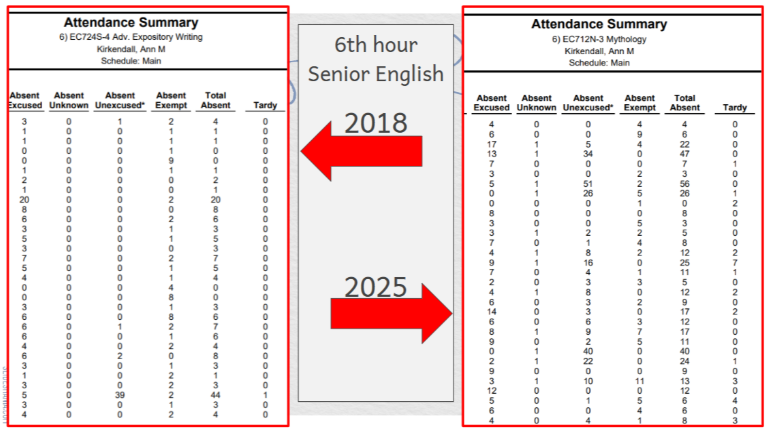The “Pay-To-Play” Soccer System is Crushing Dreams in the U.S.

November 3, 2021
$1,472
The average amount a family will pay per year for just one child to participate in a soccer club might be surprising, but is just one part of what unprivileged families go through just to have their child participate in youth soccer.
Costs just continue to rise from an average of $1,472 to $20,000 just for a year of soccer, creating a “pay-to-play” system in the United States that includes financially secure families but leaves out others, no matter the talent of the child.
Around the world, the popularity of soccer in all different cultures and countries and the average cost of $1,472 shouldn’t make sense. A sport with so much importance and entertainment value (3,572,000,000 people watched the last FIFA World Cup), this sport should not be so expensive to progress in.
This negative view of soccer not only drives up the price for American families but also harms kids and students trying hard to become successful in the sport.
“To an extent, yes, the system has favored higher socioeconomic families to be able to get better training and playing opportunities and more exposure,” Hope College’s David Brandt says.
“For top players who can find a way to put themselves in front of clubs, there is often a way in because of their talent- IF they can put it in front of the right people,” Brandt said.
The exposure Brandt references is crucial for young players to show off their talent to scouts and teams in order to get opportunities to join better teams and clubs.
But how is a younger player supposed to expose their talent to the right people when their parents can’t take them to practice because they have to work? Or because they don’t have the money to pay for the transportation and equipment necessary to put their child’s skill out there?
Even if a team offers scholarships or waives all the fees for youth players, currently, kids with wealthier families will always have the advantage to join the best teams, with the best equipment and instruction to truly advance in the sport in a way that players in a tougher financial situation just can’t.
Speaking on scholarships, not only do players with more unfortunate financial situations have to fight to get their name out to receive scholarships so they can improve in higher-level teams, soccer scholarships are extremely scarce in the U.S.
According to the NCAA’s scholarship limits set for the 2019-2020 year, soccer was the lowest with a limit of 9.9. This number was shared for both men’s and women’s soccer, and compared to Football’s FBS and FCS combined scholarship limit of 148, 9.9 is nothing.
All these small struggles of youth players and families continue to build up to a national level. Without a change with this “pay-to-play” situation, thousands of youth players’ talent will go to waste because they just can’t get their foot in the door.
But despite the system in place now, Brandt thinks there is a solution.
“I also think the problem is, in general, getting better.”
“I just think it is now much more on US Soccer’s radar that soccer is a great game that should be accessible to all, and there are numerous programs nationally in place to offer opportunity to lower income players.”
The acknowledgment of this issue from teams and coaches like Brandt is a good first step in helping all youth players succeed in soccer.
And with more and more programs like Brandt mentions: including players with more desperate financial situations in high-level teams and programs, more talent will be found and used.
These continued efforts and awareness will help youth soccer players even the playing field, and achieve their dreams of playing soccer.



